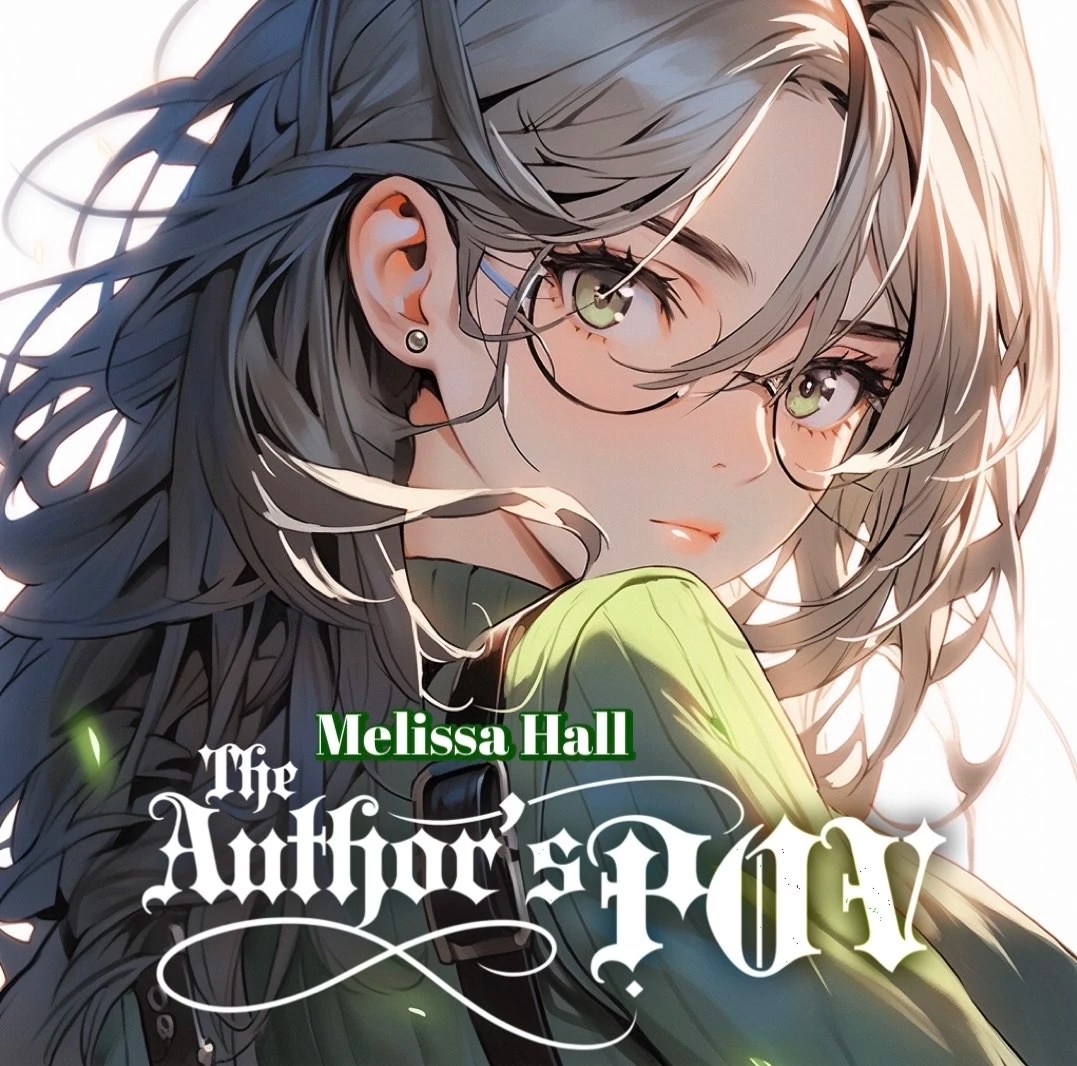The narrative landscape of fiction thrives on a crucial element: the author's point of view (POV). It's the lens through which readers experience the story, coloring every scene, character interaction, and plot twist. Mastering POV is essential for any aspiring novelist seeking to captivate their audience and create a truly immersive reading experience.
From the intimate whispers of first-person narration to the panoramic sweep of third-person omniscient, the author's POV is the backbone of storytelling. It determines what information the reader receives, how they interpret events, and ultimately, how deeply they connect with the narrative. Choosing the right perspective is like choosing the right tool for a job – the wrong choice can lead to a muddled and unsatisfying experience.
The author's perspective in a novel isn't merely a technical choice; it's a powerful tool that shapes the entire narrative arc. It dictates the emotional resonance of the story, influencing how readers perceive characters, their motivations, and the world they inhabit. A skilled author can wield POV to create suspense, build empathy, and even mislead the reader, adding layers of complexity and intrigue to the story.
Understanding the nuances of authorial perspective is crucial for both writers and readers. Writers must carefully consider the impact of their chosen POV, ensuring it aligns with the story's tone, genre, and intended audience. Readers, on the other hand, can deepen their appreciation of a novel by analyzing the chosen perspective and how it influences their understanding of the narrative.
This exploration of the author’s narrative perspective will delve into the different types of POV, their strengths and weaknesses, and how they can be effectively employed to craft compelling narratives. We’ll examine examples of successful POV implementation, dissect common challenges, and provide actionable tips for mastering this crucial element of novel writing.
The history of POV in literature is intertwined with the evolution of storytelling itself. Early narratives often employed a straightforward, omniscient narrator, providing readers with complete access to characters' thoughts and feelings. As literature progressed, authors experimented with more subjective perspectives, leading to the rise of first-person and limited third-person narration. These shifts in perspective reflected changing literary styles and a growing interest in exploring the inner lives of characters.
The author's perspective isn't just about who tells the story; it's about how the story is told. First-person narratives offer intimacy and immediacy, allowing readers to step into the shoes of the protagonist. Third-person limited provides a more objective view while still focusing on a single character's experiences. Third-person omniscient offers the broadest perspective, granting the author access to the thoughts and feelings of all characters.
One of the main issues with author POV is maintaining consistency. Shifting perspectives mid-story can be jarring and confusing for the reader. Authors must carefully consider their chosen POV and stick to it throughout the narrative, ensuring a seamless and immersive reading experience.
Benefits of choosing the right POV include enhanced emotional connection with characters, increased suspense, and a stronger sense of immersion in the story world. For example, a first-person narrative in a thriller can heighten the sense of danger and uncertainty, while a third-person omniscient POV in a fantasy epic can provide a broader understanding of the complex world and its inhabitants.
Advantages and Disadvantages of Different Author POVs
| POV | Advantages | Disadvantages |
|---|---|---|
| First Person | Immediacy, Emotional Connection | Limited Scope, Bias |
| Third Person Limited | Balance of Objectivity and Intimacy | Can feel restrictive |
| Third Person Omniscient | Broad Perspective, Multiple Viewpoints | Can distance the reader from characters |
Best practices include choosing a POV that aligns with the story's genre and tone, maintaining consistency throughout the narrative, and using POV to enhance the story's impact.
Examples of successful POV implementation include "To Kill a Mockingbird" (first-person), "The Hunger Games" (first-person), "1984" (third-person limited), and "Pride and Prejudice" (third-person omniscient).
Challenges related to author POV include maintaining a consistent voice, avoiding head-hopping (switching perspectives within a scene), and effectively using POV to reveal character and advance the plot. Solutions involve careful planning, thorough editing, and a deep understanding of the chosen perspective.
Frequently Asked Questions: What is author POV? What are the different types of POV? How do I choose the right POV for my story? How do I maintain a consistent POV? What is head-hopping and how do I avoid it? How can I use POV to create suspense? How can I use POV to develop characters? How can I use POV to build a believable world?
Tips and tricks: Practice writing in different POVs, study how other authors use POV, and get feedback from readers on your POV choices.
The author's point of view is the cornerstone of effective storytelling. It's the lens through which readers experience the world you create, the characters they come to love (or hate), and the plot twists that keep them on the edge of their seats. By understanding the nuances of author POV, writers can craft narratives that resonate deeply with readers, creating truly immersive and unforgettable reading experiences. Mastering POV requires careful consideration, diligent practice, and a willingness to experiment. By embracing the power of narrative voice, aspiring authors can elevate their storytelling and connect with readers on a profound level. Start experimenting with different perspectives, analyze the impact of POV in your favorite novels, and discover the transformative power of this crucial narrative element.
Exploring guanajuato mexico through its municipal maps
Understanding the low pressure switch symbol
Level up your game the ultimate guide to pittsburghs video game stores

.jpeg/revision/latest/scale-to-width-down/1200?cb=20220401110931)









